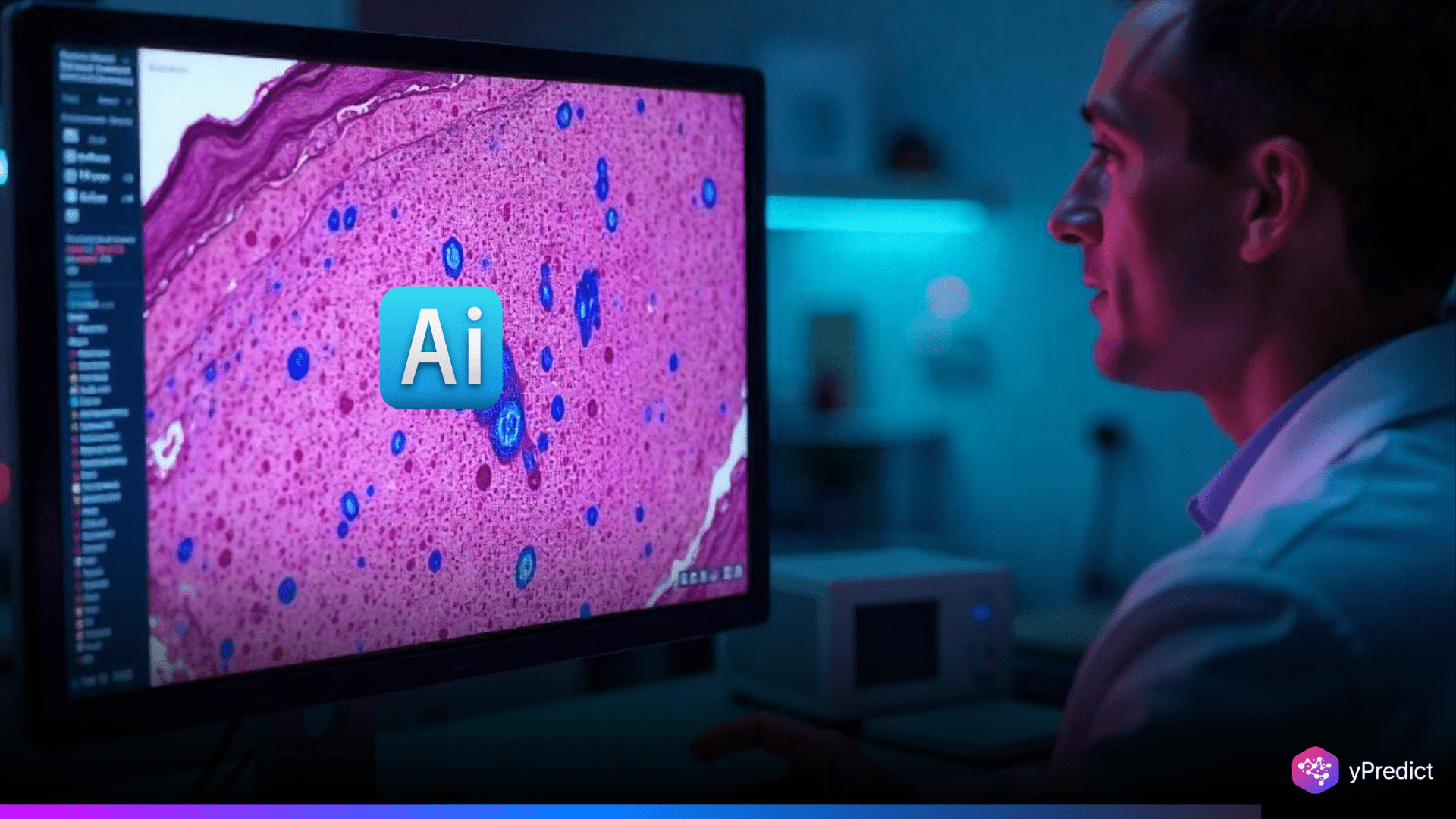
A new artificial intelligence (AI) tool may significantly improve prostate cancer care by predicting the risk of recurrence after surgery. Presented at the 2025 American Urological Association Meeting in Las Vegas, Cleveland Clinic researchers showcased how the investigational PathomIQ AI histologic classifier outperforms traditional genomic tests in guiding treatment decisions after radical prostatectomy.
By analyzing digital slides of prostate tissue samples, the AI model helps identify men at high or low risk for recurrence, progression, or metastasis—potentially allowing for faster, more personalized post-surgical care.
Filling Gaps Left by PSA and Genomic Classifiers
Traditional tools like prostate-specific antigen (PSA) levels and Gleason scores are useful before treatment but offer limited insight after surgery. Cleveland Clinic urology resident Dr. Ross Liao said post-treatment decision-making is a “gray area” where doctors struggle to balance overtreatment with undertreatment.
The PathomIQ test is being developed for both prostate and breast cancer, but early data from Cleveland Clinic’s 344-patient study shows particular promise in post-surgical prostate cancer management.
Stronger Predictive Power Than Genomics
Researchers analyzed prostate tissue slides from patients treated between 2009 and 2022 and compared the AI classifier’s predictions with those of a standard genomic test. Over a 4.3-year median follow-up, 21.8% of patients experienced biochemical recurrence, defined as a PSA rise indicating cancer return.
Faster, Less Invasive, and More Scalable
Unlike genomic testing—which requires tissue destruction and off-site analysis—the PathomIQ AI classifier works with high-resolution images of slides, offering results potentially within 1–2 days compared to the 4–6 week wait for genomics.
“This tool simply involves photographing the slide and uploading it,” said Dr. Christopher Weight, Director of Urologic Oncology at Cleveland Clinic. “It’s not only faster but also preserves tissue and avoids delays.”






